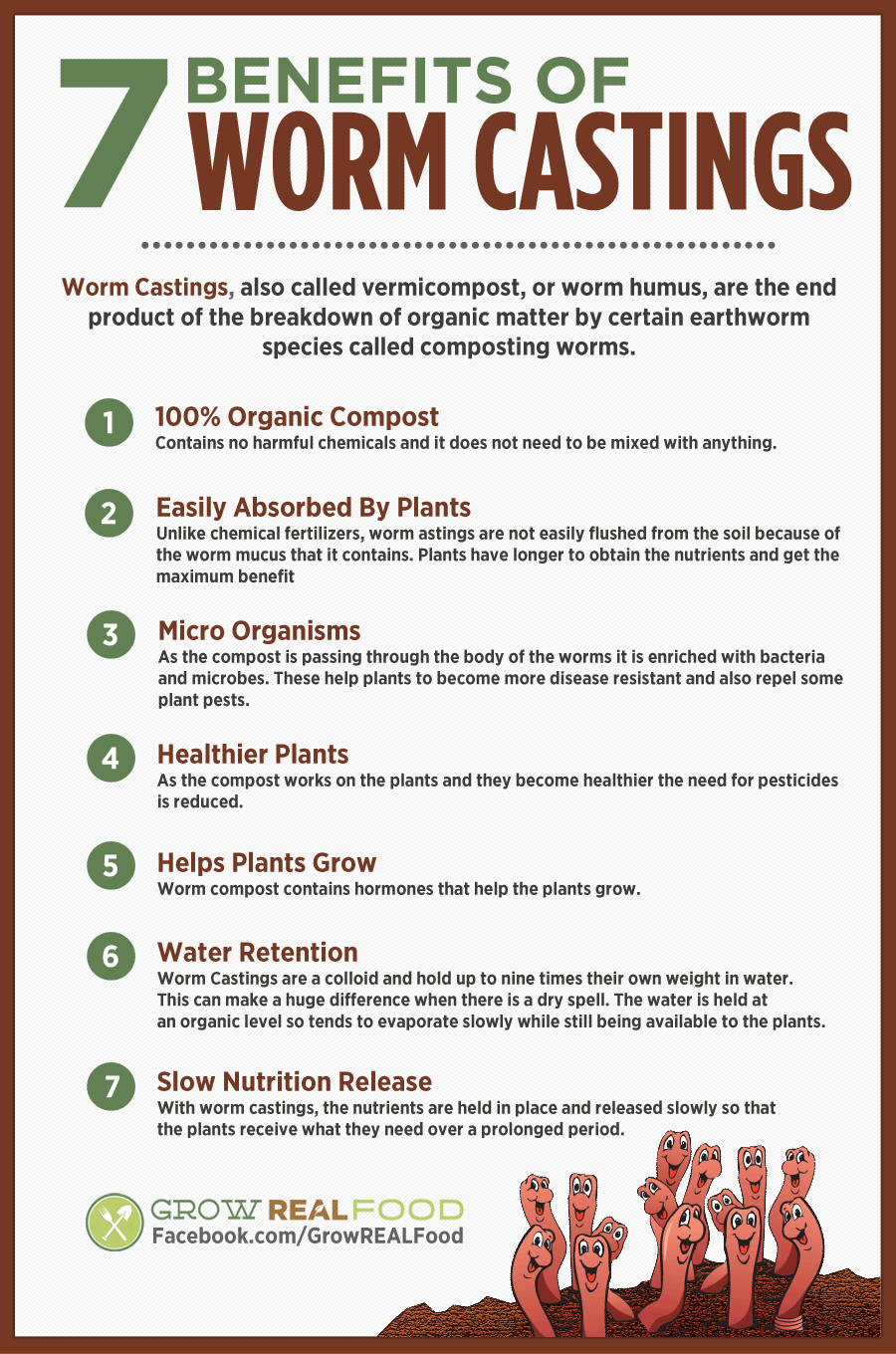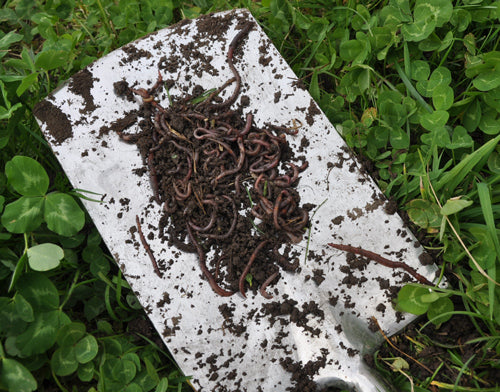Get This Report on North Carolina Worms
Table of ContentsAll about North Carolina WormsThe Only Guide for North Carolina WormsRumored Buzz on North Carolina WormsThe smart Trick of North Carolina Worms That Nobody is Discussing
Example: 1-gallon of worm spreadings to 4 gallons of potting mix. Do NOT use a potting mix that has chemical fertilizers in it. Review the labelit will state. 1/2 mug in the bottom of the planting opening for smaller plants. 1 cup for bigger plants. ie. tomatoes, environment-friendly peppers, summertime squash, and so on.

The enhancement of tea can likewise include boosted microbial biomass to your dirt. You can always side-dress your plants with worm spreadings at any type of time. Simply keep in mind, the microorganisms will certainly die if revealed to UV rays (Sun), so make certain to cover the castings with an inch approximately of soil.
This frustrated them for years till the testing techniques came to be better. It would obtain far better(with more castings), degree off, and after that decrease. Too lots of worm spreadings would certainly accelerate the growth to a speed that the plant can not recover from.
The Best Strategy To Use For North Carolina Worms
I have expounded the virtues of worm spreadings for regarding 2000 words. Worm castings are no different. It takes time to develop top quality worm spreadings.
Worm castings absolutely cost even more than chemical fertilizers. Worm spreadings are on the less expensive end of natural fertilizers. (50 gallons per year) It is a much tougher and extremely pricey investment to create huge amounts of worm spreadings.

As a matter of fact, developing a healthy dirt may be the best advantage of worm spreadings. Healthy soil was discussed and how vital this has ended up being to everybody. The top 10 advantages of worm castings were likewise offered. We reviewed worm spreadings NPK and also the proper nutrient analysis that should put on worm spreadings.
North Carolina Worms Things To Know Before You Buy
We chatted concerning some of the negative aspects associated with worm castings. I covered a whole lot of product in this short article. There are a great deal of web links (inner and exterior). If you would certainly like even more details on a specific topic, please click through the web links to find out more. As always, do not hesitate to comment or ask inquiries.
The vertical burrows are commonly open, although the worms cover the top with residue and excrement. The vertical burrows are very vital factors of access for fast water infiltration right into the dirt, specifically in no-till systems. Air-filled porosity is essential in helping plant origins to grow. Roots need oxygen for their growth, whereas they generate co2 that needs to leave the soil.
Earthworms boost porosity by 2 systems: (1) by producing permanent burrows, and (2) by improving dirt aggregation. Aggregation is improved by the mixing of soil and raw material in the earthworms' guts. Lake Rhodhiss Bait. These extremely secure aggregates are transferred by some earthworms in their burrows, and by others at the surface area of the soil


In an additional research, earthworms were approximated to eat 4 to 10 percent of the top 6 inches of the dirt annually. Dirt compaction minimizes the porosity of the soil.
Getting The North Carolina Worms To Work
Common earthworm populaces can conveniently take in 2 lots of dry matter per acre per year, partially digesting and mixing it with dirt. The value of earthworms to mix surface area residue with dirt ends up being very clear in dirts that do not have any type of earthworms. A lot of our Pennsylvania dirts have at the very least some earthworms, and the effect of their full absence, consequently, can not be noted.
They live primarily from partially disintegrated natural matter that is currently integrated in the soil. These varieties consume huge amounts of dirt that they mix with digested plant residue in their intestines.
Their burrows stay open, although they cap the leading with crop deposit that they pull to the entry. These types ingest significant amounts of dirt that they blend with absorbed residue in their intestines. Their excrement is largely deposited at the surface area of the soil. The nightcrawler Lumbricus terrestris is one of the most famous member of this group.
Comments on “North Carolina Worms - Questions”